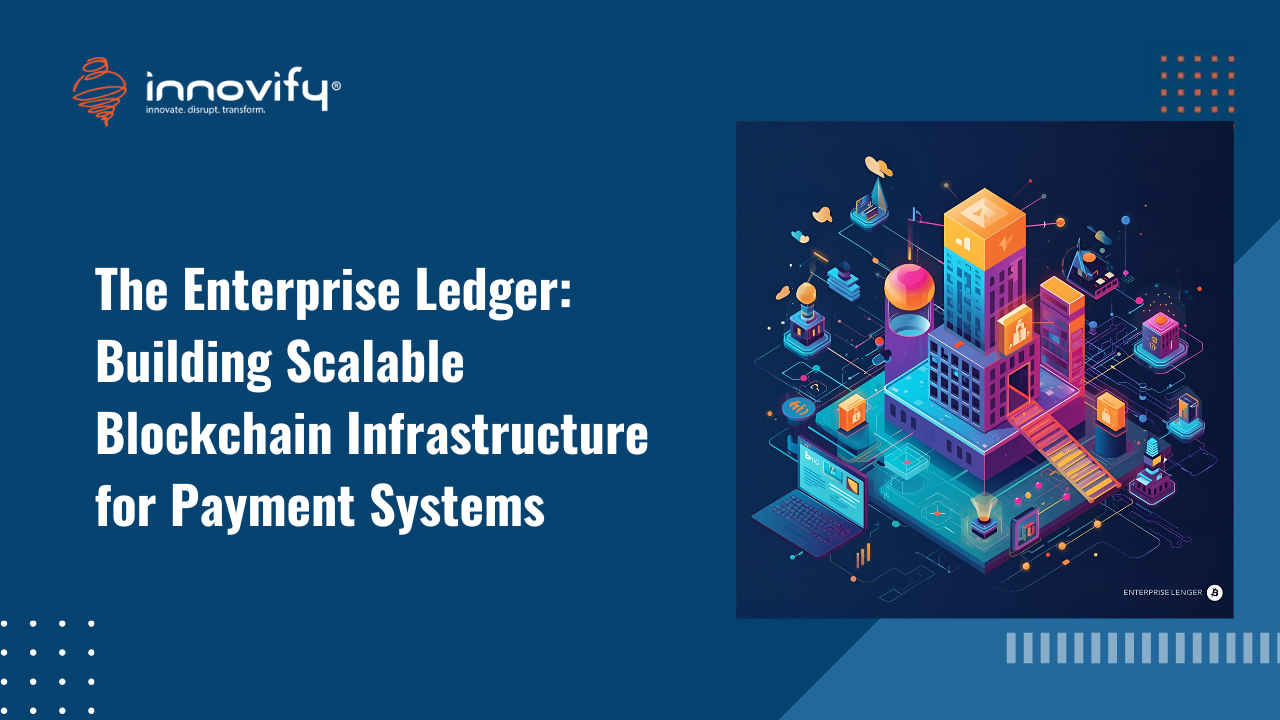FinTech
Bridging the Gap: Stablecoin Integration for Fintech
Stablecoin Integration for Fintech: Regulatory Compliance and Technical Architecture
Stablecoins are rapidly transitioning from being mere crypto trading tools to becoming foundational programmable infrastructure for the global financial system. For Fintech’s, their promise is clear: instantaneous, 24/7, low-cost settlement rails that bypass legacy bottlenecks. However, integrating these digital assets is a complex endeavor that demands rigorous adherence to regulatory requirements and a robust Technical Architecture designed for security, control, and interoperability. Stablecoin Integration for Fintech requires bridging the gap between innovative blockchain technology and the stringent demands of traditional finance.
Regulatory Compliance: The Non-Negotiable Foundation
The greatest challenge in stablecoin integration is navigating the rapidly evolving global regulatory landscape. Since stablecoins – particularly fiat-backed stablecoins – seek to operate money, regulators demand they adhere to bank-like standards for reserve backing and financial crime prevention.
1. Key Regulatory Challenges
- Reserve Robustness and Attestation: Regulators (e.g., under the proposed GENIUS Act in the US) require stablecoin issuers to maintain 1:1 backing with high-quality, liquid assets (e.g., short-term U.S. Treasuries, cash deposits). Fintech’s must partner with issuers who provide frequent, independent audits to prove reserve health.
- AML/KYC Requirements: Stablecoins move outside traditional banking networks, raising Anti-Money Laundering (AML) and Sanctions risks. Fintech’s must implement:
- Wallet and Transaction Screening: Real-time screening of all stablecoin wallet addresses and transactions against global sanctions lists.
- FATF Travel Rule Compliance: Implementing protocols to collect and transmit required originator and beneficiary information for stablecoin transfers above set thresholds.
2. Technical Architecture for Integration
A successful stablecoin architecture must ensure security, auditability, and seamless integration with existing systems:
- Custody and Wallet Infrastructure: This is the secure core. Fintech’s must use enterprise-grade solutions for managing cryptographic keys, often leveraging Multi-Party Computation (MPC) or Hardware Security Modules (HSM) to distribute risk and provide hardware-enforced protection for private keys.
- On-Chain Orchestration: The platform must manage all blockchain interactions, including:
- Node Management: Running or using node-as-a-service providers to ensure consistent, secure connectivity to the stablecoin’s network (e.g., Ethereum, Solana, etc.).
- Smart Contract Execution: Securely interacting with the stablecoin’s contract for minting, burning, and transferring tokens.
- Reconciliation and Reporting: Critical for compliance, the architecture must maintain an automated, end-to-end reconciliation system that maps on-chain stablecoin flows to the company’s internal ledgers and ERP systems in real-time. This ensures that the amount of stablecoins held in custody always matches customer balances.
The Strategic Payoff
Stablecoins offer Fintech’s a chance to leapfrog legacy banking infrastructure. By integrating them correctly – with regulatory compliance guiding the technical architecture – Fintech’s can provide instant, global, and highly secure payment and settlement services. This not only lowers costs but enables entirely new programmable money use cases that were impossible with traditional fiat rails.
Ready to design a compliant and secure stablecoin integration strategy for your platform? Book a call with Innovify today.




